Cognitive and Learning Sciences
Clark Quinn
MAY 23, 2018
You’ll see a lot of vendors/sessions/webinars touting neuroscience or brain-based. Yes, our brains are composed of neurons, and we do care about what we know about brains. With powerful tools like MRI, we can understand lots more about what the brain does. So, we activate patterns. And above that, the social.



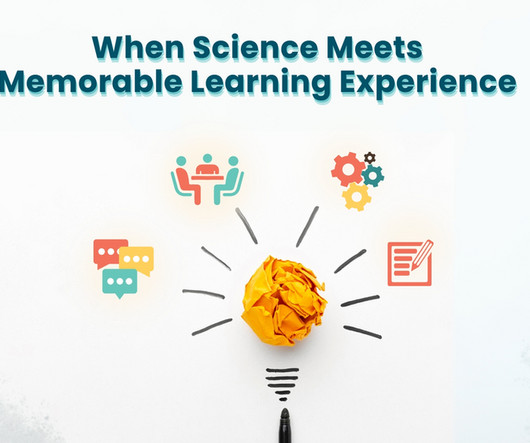








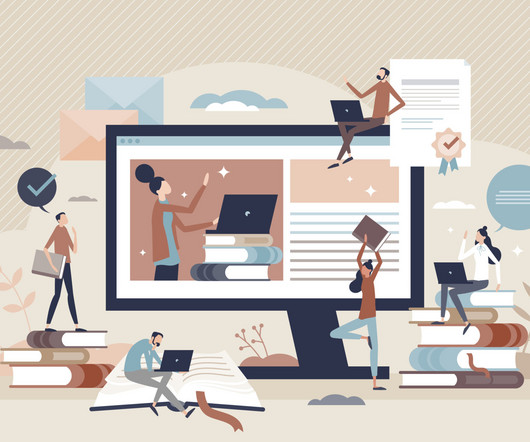




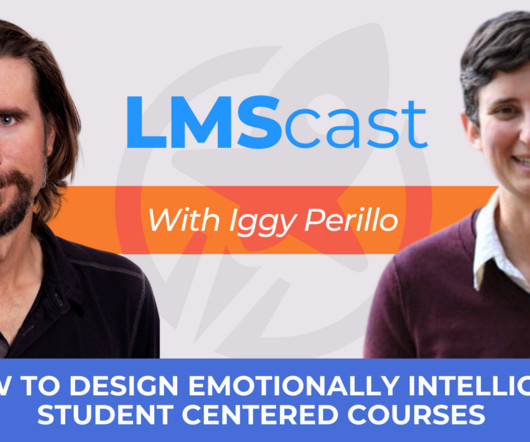
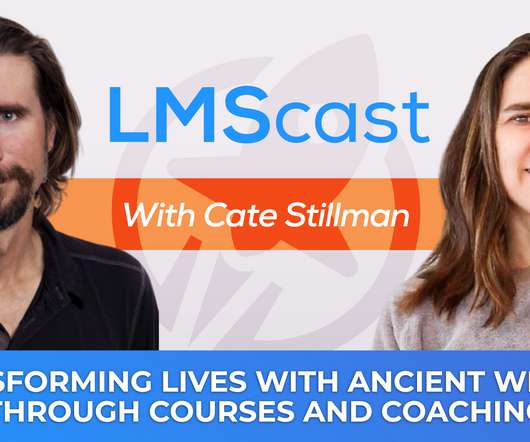






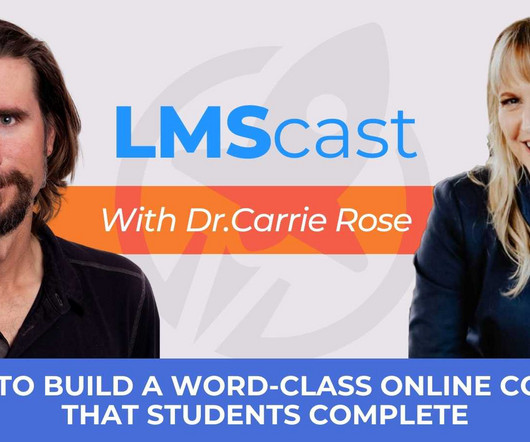














Let's personalize your content